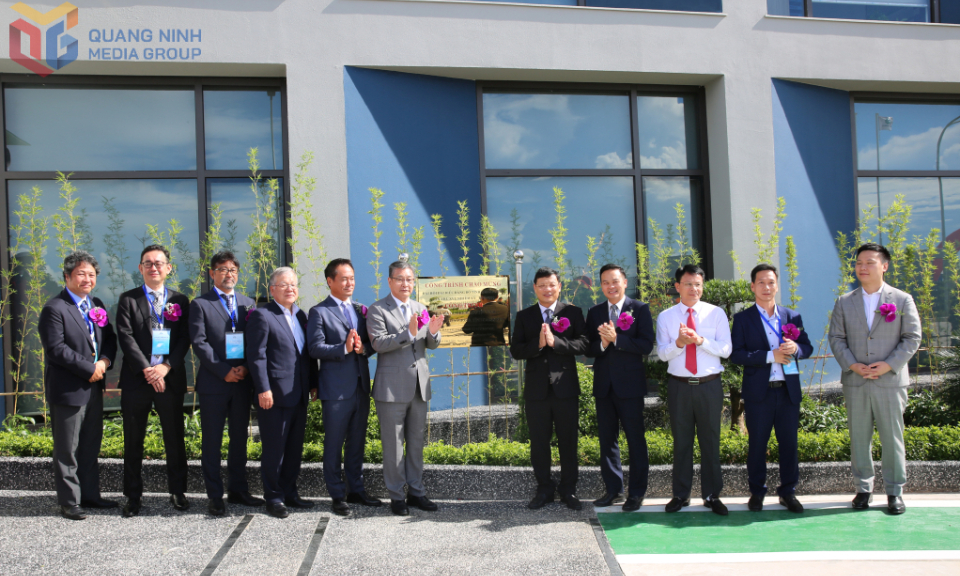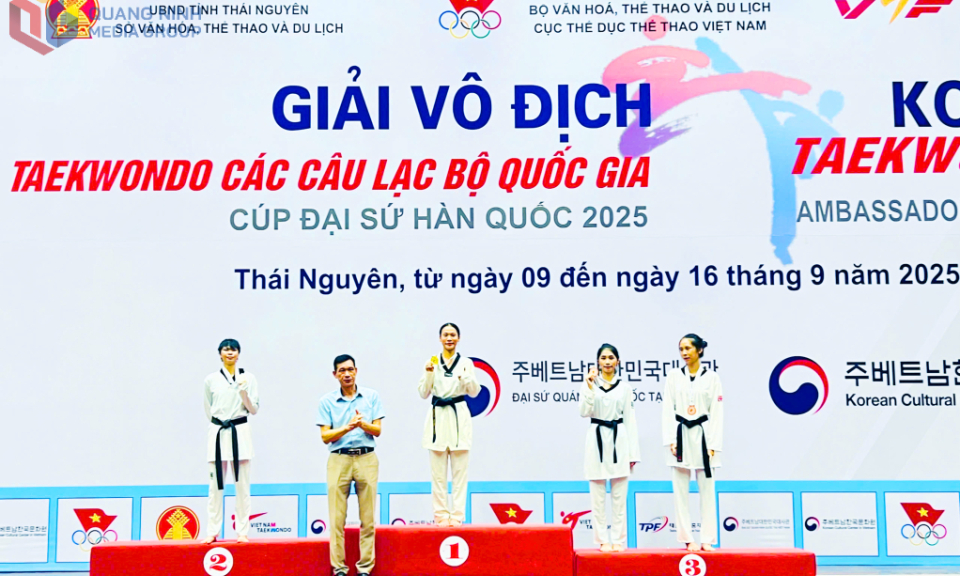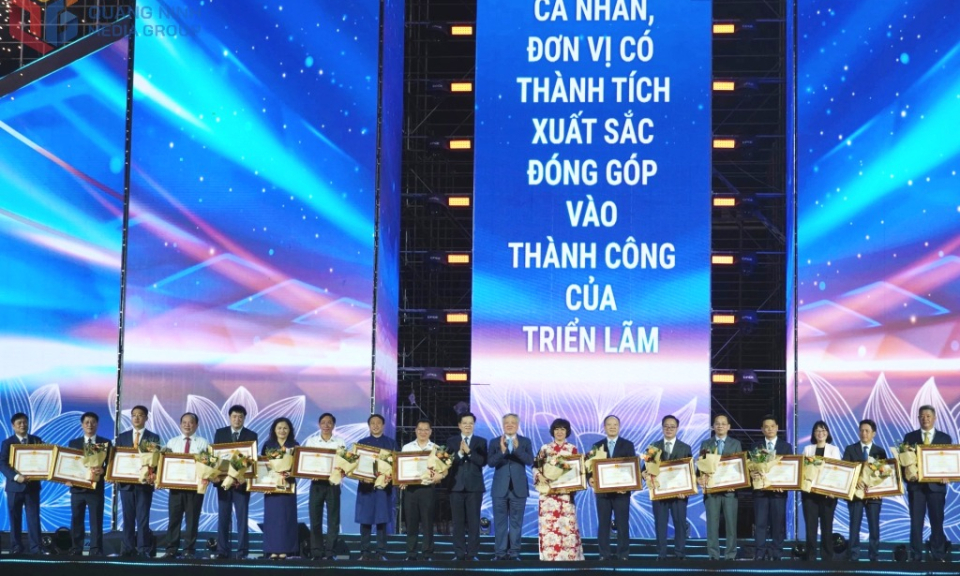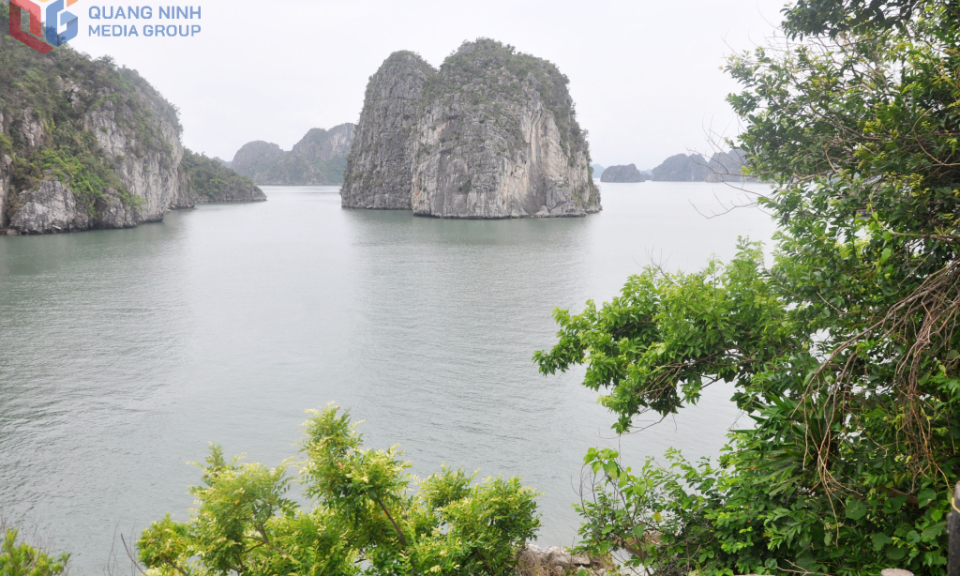Quang Ninh boasts the unity of diverse cultures
Quang Ninh features the convergence, integration and unity from the diverse cultures of the Red River civilization. Local people upholding the age-old tradition of "Discipline and Unity" have long developed some typical personality traits including dynamism, creativity, generosity, and perseverance.
Considered “Vietnam in miniature” thanks to the gathering of Vietnam’s significant features, the top land of the Northeast region of the country possesses its unique values as well. This place is well-known for the extraordinary beauty of the Ha Long Bay world natural heritage site, and its neighboring Bai Tu Long with equal magnificence.
Situated in the Northeast of Vietnam, Quang Ninh is the only province nationwide sharing land and sea borders with the People’s Republic of China. The province covers a land area of 6,102 square kilometers and a sea surface area of over 6,000 square kilometers. There are 13 administrative units at district level, 177 units at communal level, 1,543 villages, hamlets and quarters. Its total population is about 1.34 million people belonged to 22 ethnic groups.
Quang Ninh is also home to more than 500 historical sites and exquisite landscapes associated with the heroic history of national construction and defense. Particularly, the mountain of Yen Tu, renowned for its mysterious beauty and sacredness. The only place, where King Tran Nhan Tong (1258-1308) after defeating foreign invaders, gave up his throne, put on a monk's robes and established a typical Buddhist sect, namely Truc Lam Zen Buddhism with its Vietnamese unique identity.
The people and society of Quang Ninh feature a convergence, integration and unity from the diverse cultures of the Red River civilization. As the “cradle” of the Vietnamese coal-miner working class, Quang Ninh people are proud of the revolutionary tradition of mining workers with invaluable spiritual heritage called “Discipline and Solidarity”.
The development space of Quang Ninh province is shaped on the basis of "One Center - Two multidimensional Routes - Two Breakthrough points - Three Development Regions”. Its sustainable development has been facilitated on three fundamental pillars "Nature - People - Culture" in conjunction with the global trend of peace, cooperation and integration. As the focus of this space, Ha Long city has developed under the model of a multi-polar city with Cua Luc Bay being the hub of connectivity.
The Western route from Ha Long city to Dong Trieu town opening up to the area of Red River Delta and Hanoi capital city has been projected to become a chain of urban residential areas, green industries and cultural - historical tourism sites, in which the economic zone of Quang Yen acts as the core area and the new driver for this area’s growth.
The Eastern route from Ha Long city to Mong Cai border city and towards the area of Northeast Asia and China has been oriented to the formulation of a chain of ecological satellite cities with high-class general services and marine economy. Its two breakthrough points are Mong Cai Border Gate Economic Zone and Van Don Economic Zone.
Quang Ninh features the convergence, integration and unity from the diverse cultures of the Red River civilization. Local people upholding the age-old tradition of "Discipline and Unity" have long developed some typical personality traits including dynamism, creativity, generosity, and perseverance. Such cultural identities have consistently acted as a driving force behind their desire, determination and aspiration to help their province develop rapidly and sustainably, and, turn it into a province with modern service and industry economic structure, and becoming an international tourism center, a pole of comprehensive economic growth in the North of Vietnam.
The local economy has continuously grown at a high and stable rate. The system of socio-economic infrastructure, especially those in fields of traffic, urban development, tourism, service, health care, education and training, has been constructed in a synchronous and modern way, creating breakthough developments.
The province has recently witnessed an evolvement in administrative reforms, the business investment environment, and the provincial competitiveness. As a result, Quang Ninh tops Provincial Competitive Index (PCI) rankings for five consecutive years. A wide range of effective innovation models have made profound changes in this area as well as helped stimulate the development of the public-private partnership (PPP) form which has contributed to the attraction of non-state resources - a driving force for the significant breakthrough in infrastructure development.






